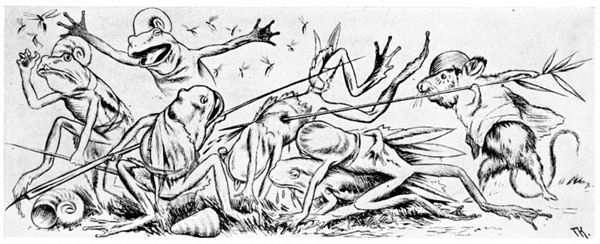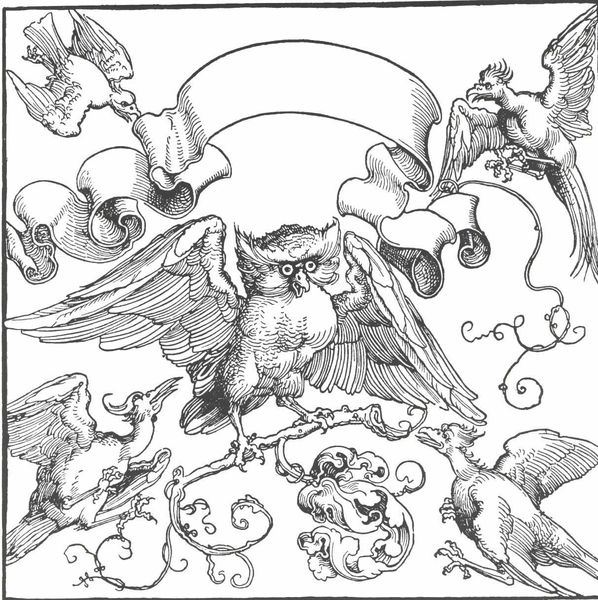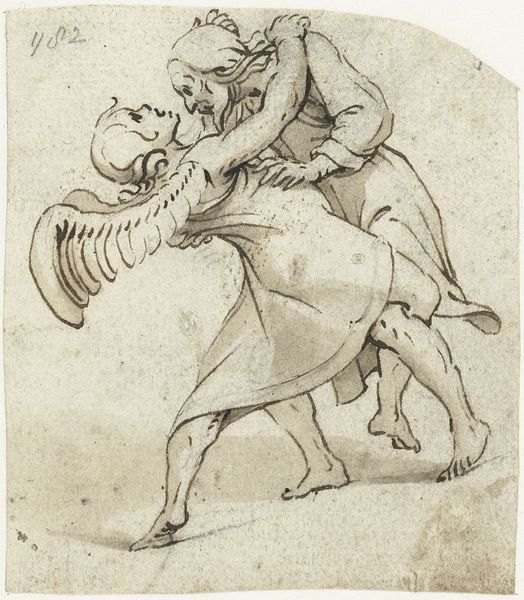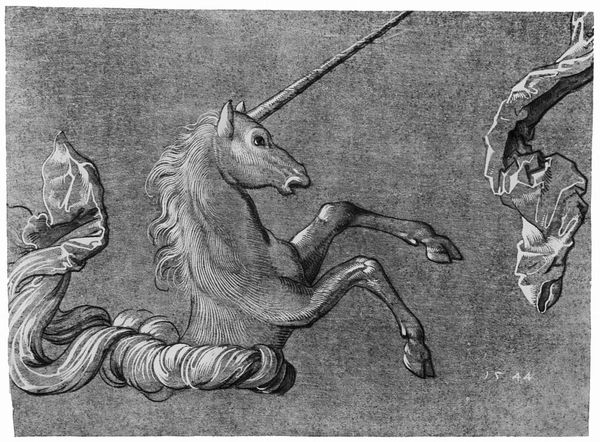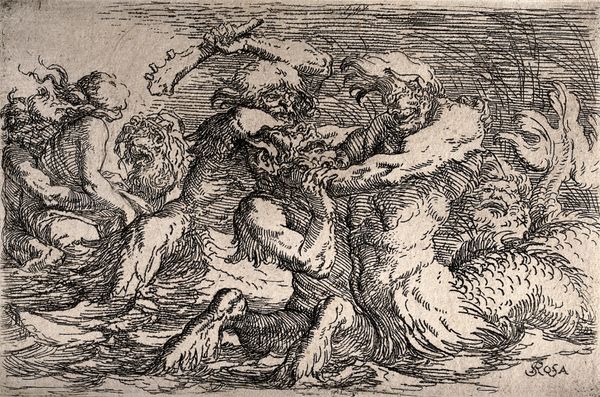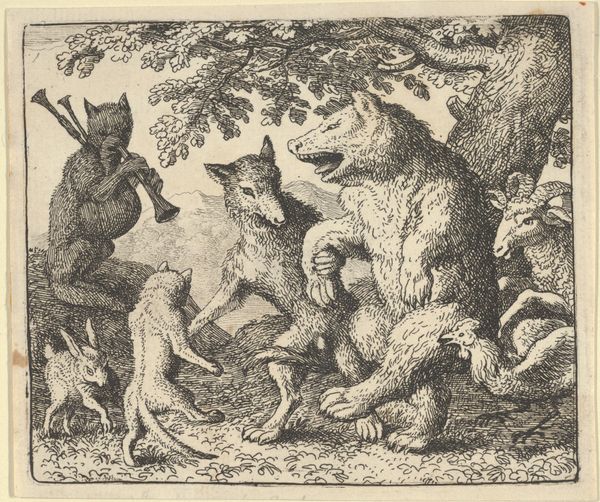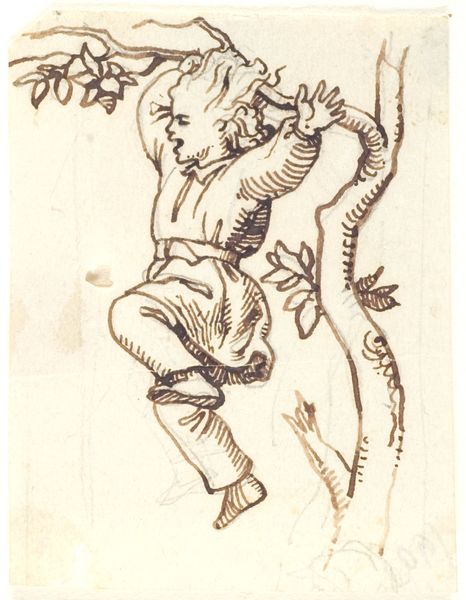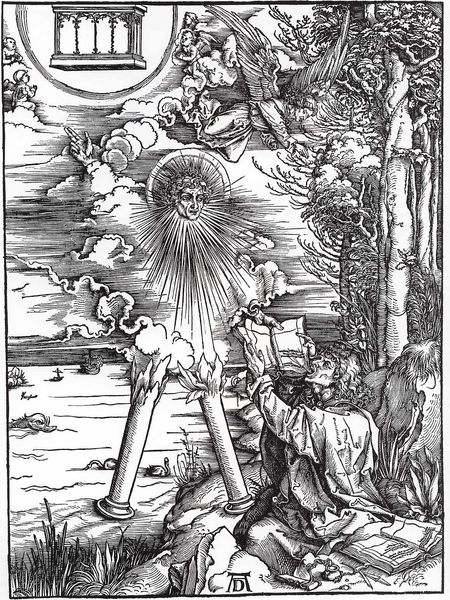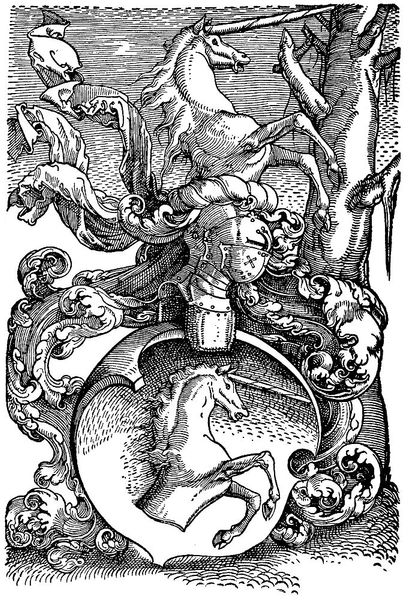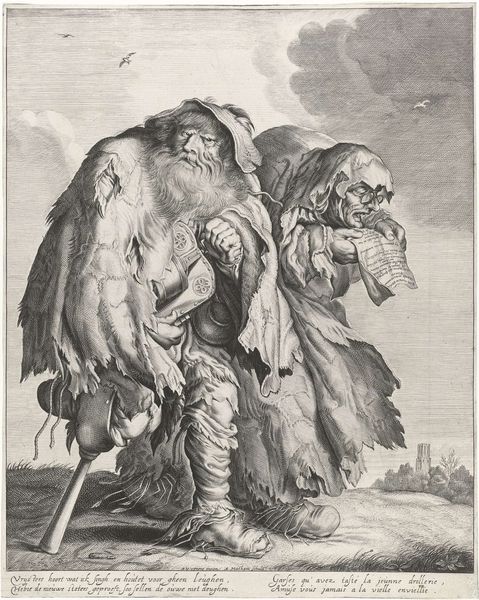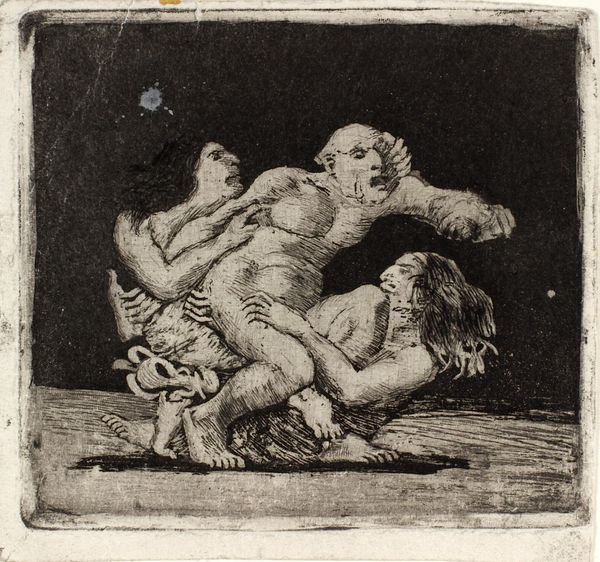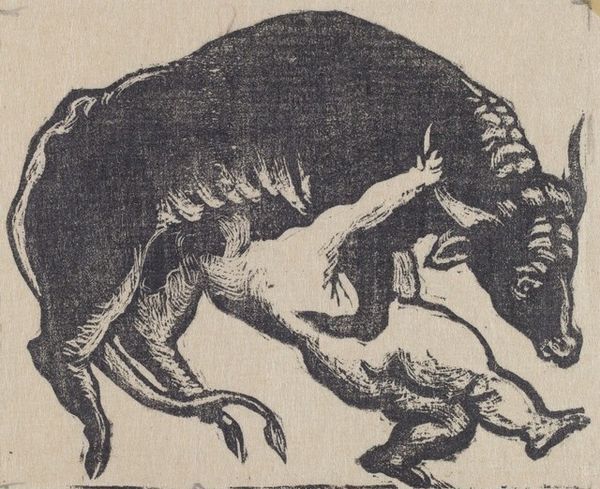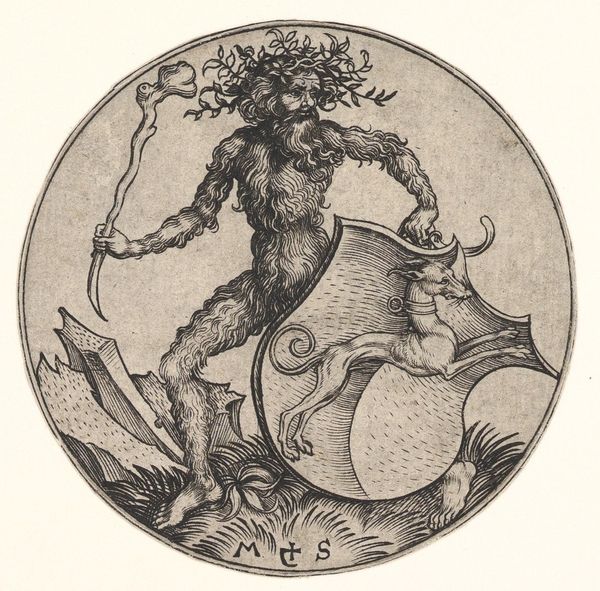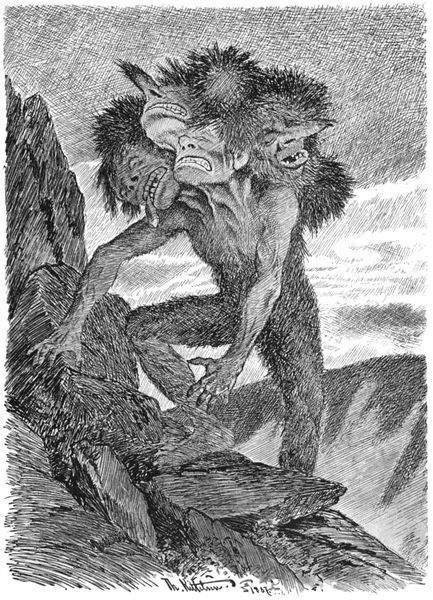
drawing, woodcut, engraving
#
drawing
#
allegory
#
figuration
#
ink line art
#
11_renaissance
#
woodcut
#
line
#
northern-renaissance
#
engraving
Copyright: Public domain
Curator: Here we have Hans Baldung's "Family coat of arms Baldung," created around 1530, using the woodcut and engraving techniques. Editor: It's visually striking, an explosion of swirling lines, but also feels quite somber, even intimidating, given the stark black and white contrast and the intensity of the imagery. Curator: Indeed. The density of the lines creates a textured effect, and Baldung skillfully uses this to articulate form and depth. Note how he employs varying line weights to differentiate the figures—particularly, the unicorns—from the ornate helmet and drapery. Editor: The prominence of the unicorn is interesting. What would it have signified to viewers back then in 16th-century Europe? It seems to be intertwined within social status. Curator: Exactly. During the Renaissance, the unicorn was not only a symbol of purity and grace but also was a common figure used to represent the elite, power, and aristocracy, frequently used as a heraldic figure in royal arms and noble emblems, it conveyed messages of virtue and high status. Editor: And that puts this piece into context: not only is it beautiful artwork, but also an item that helped establish one’s belonging, privilege, and legacy. It shows the family's pride in themselves, to communicate who they are. Curator: I think that you're spot on. Look closer: observe how the cherubic figure adds a dynamic tension. Instead of delicately holding the crest, they struggle, as if with an ungainly object that overpowers him. Editor: Right, almost a comical touch there that gives this piece another level of interesting dimension. Curator: Absolutely. Baldung really showcases his expertise by incorporating both allegorical themes and detailed figurative elements into heraldry. This engraving presents not just a coat of arms, but also a tableau of social and moral significance. Editor: Reflecting upon it now, the way that Baldung uses ink lines to create something layered, where historical symbols and the artistic technique meet, provides the artwork with complexity. It’s almost like, if art could talk about who and what it's for. Curator: It serves as an artistic bridge into the Renaissance, where visuality communicates political power.
Comments
No comments
Be the first to comment and join the conversation on the ultimate creative platform.
